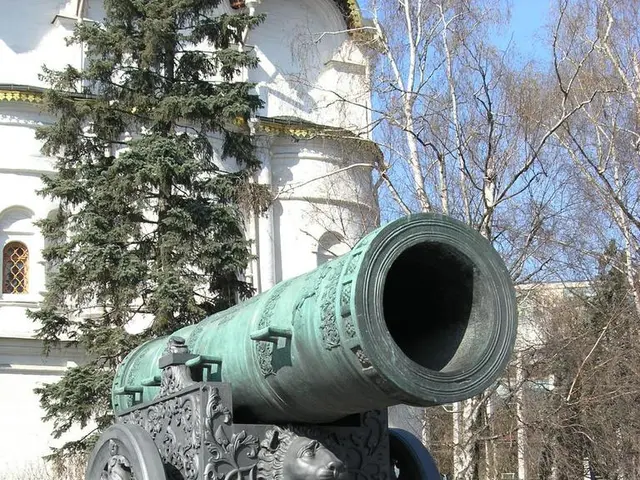Air Travel and Holidays: A Closer Look at Crazy Crowds and Soaring Stress
Surge of Aircraft Movements on Particular Holidays
Air travel is a way of life for many during special occasions and holidays, but the surge in air traffic during these periods can bring about a world of stress. Let's delve deeper into the impacts on travelers and the aviation industry, and the strategies deployed to keep everything up and running.
Struggling Travelers
Feeling a crunch: With more passengers boarding planes, the likelihood of having to endure crowded airports, lengthy check-in lines, and swarming security queues increases. That's not all, as delays become a common sight during peak holiday periods, such as the weekend before Christmas. And it's not just passengers feeling the pinch – their wallets may suffer as well, with holiday travel often resulting in higher ticket prices due to demand.
Aviation Industry Aches
Rising tensions: The industry gears up for operational stress as the surge in air traffic exerts additional strain on airlines, airports, and air traffic control systems. This may lead to flight delays, cancellations, and even potential safety concerns. Maintaining security and safety during peak travel seasons becomes paramount, adopting strategies to ensure that staff remain on top of matters, despite the increased workload.
Coping Mechanisms
Plan ahead: To handle the increased demand efficiently, preemptive planning is crucial. Airports and airlines forecast demand and adjust staffing accordingly, such as increasing personnel during peak periods to manage check-in, security, and boarding processes.
Go digital: Leveraging technology can streamline processes, with digital check-in systems, electronic boarding passes, and automated security screening reducing waiting times.
Communication is key: Effective collaboration between airlines, airports, and air traffic control is vital to coordinate flights and address any delays effectively.
Be flexible and adaptable: Airlines must be prepared to adjust flight schedules and routes dynamically in response to changing conditions.
Safety First
Added training: Ensure staff undergo additional training to handle increased stress and workload during peak periods, maintaining a sharp focus on safety and efficiency.
Stick to the safety protocols: Reinforce strict safety protocols, such as regular maintenance checks and adherence to safety regulations, to minimize potential risks.
Inform passengers: Educate passengers on safety procedures and emergency protocols to ensure readiness in case of emergencies.
Taking care of employees: Prioritize staff welfare by managing workloads and providing support to prevent fatigue, ensuring that everyone remains alert and focused.
With these strategies in place, the aviation industry can weather the holiday travel storm, ensuring that the increased demand for flights does not compromise safety or operational efficiency. If you're venturing out this holiday season, arm yourself with patience, our strategies, and a positive attitude!
References:
- Federal Aviation Administration (FAA) - Air Traffic by the Numbers - https://www.faa.gov/news/fact_sheets/news_story.cfm?newsId=25674
- International Air Transport Association (IATA) - Holidays Flying Tips - https://www.iata.org/contentassets/c4b4f4c4bf2e4826a63c6fa95e9eb56f/holidays-flying-tips-2021.pdf
- Enrichment Data - Impacts of Increased Air Traffic During Holidays - https://en.wikipedia.org/wiki/Air_traffic#Impacts_of_increased_air_traffic_during_holidays
Feeling the strain of crowded airports and swarming security queues during holidays can be a challenge for travelers, as increased demand often results in lengthier check-in lines and delays. The aviation industry, too, braces itself for the operational stress that comes with the surge in air traffic, employing strategies like preemptive planning, technology integration, and enhanced communication to keep everything running smoothly.




